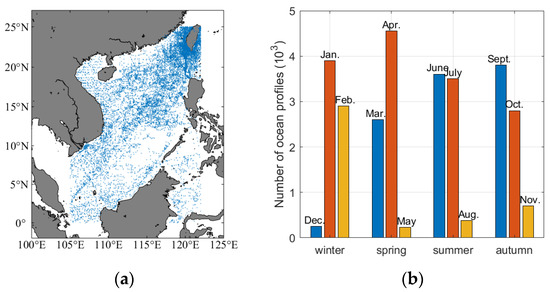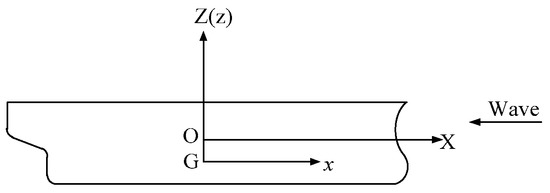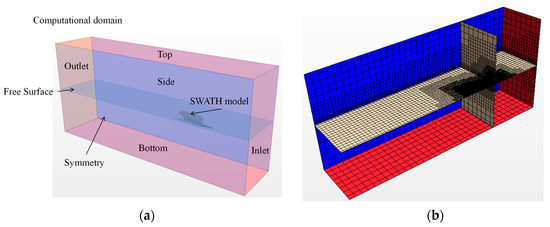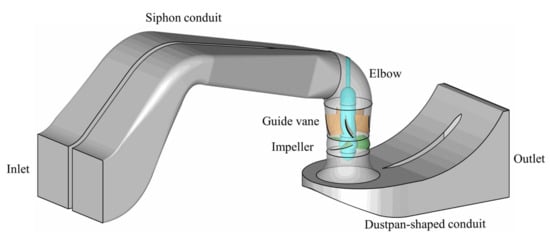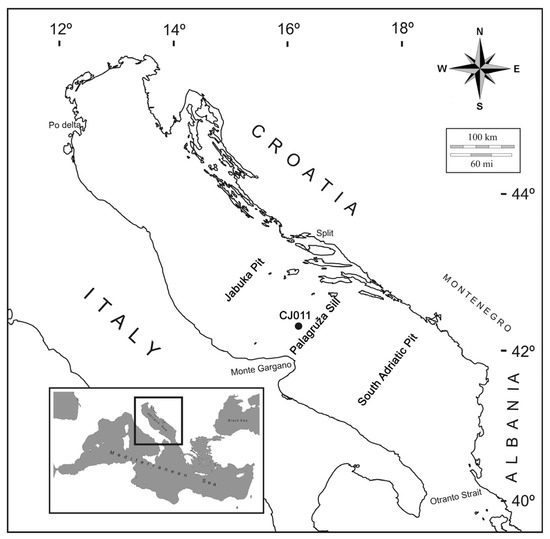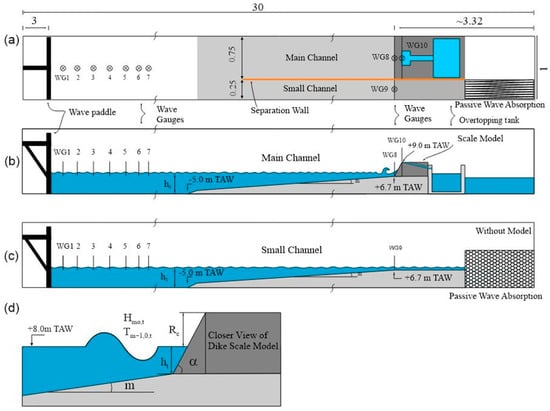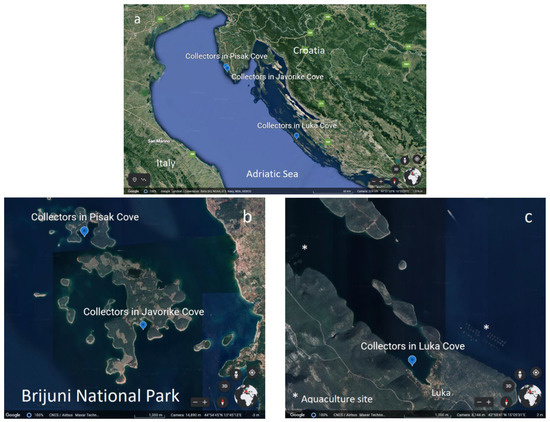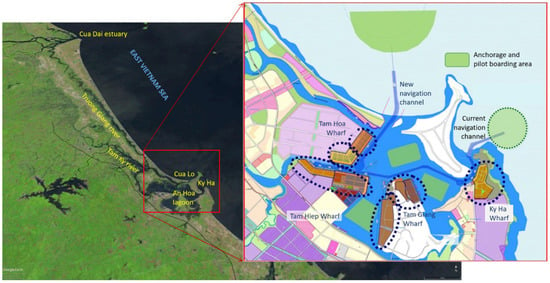J. Mar. Sci. Eng. 2023, 11(3), 499; https://doi.org/10.3390/jmse11030499 - 25 Feb 2023
Cited by 4 | Viewed by 2100
Abstract
The seasonality of the vertical mixing at coastal sites is not well characterized yet. Here, a time series of the dissipation rate of turbulent kinetic energy (ε) was obtained from weekly morning microstructure observations covering the destratification period (July 2015, February 2016) at
[...] Read more.
The seasonality of the vertical mixing at coastal sites is not well characterized yet. Here, a time series of the dissipation rate of turbulent kinetic energy (ε) was obtained from weekly morning microstructure observations covering the destratification period (July 2015, February 2016) at a coastal site in the western Mediterranean Sea, influenced by freshwater runoffs. Estimated with bulk parameters from the public re-analyzed dataset ERA5, the Ekman layer, and the convective penetration depth scale with the mixed layer depth (MLD) with a good agreement. Below the MLD, peaks of ε are observed in the baroclinic layers that progressively overlap with the bottom layer, where repeated near-bottom turbidity peaks provide evidence of sediment resuspension, suggesting energetic processes within the bottom boundary layer. In the subsurface, moderate values (
(This article belongs to the Special Issue Dynamics in Coastal Areas)
►
Show Figures



